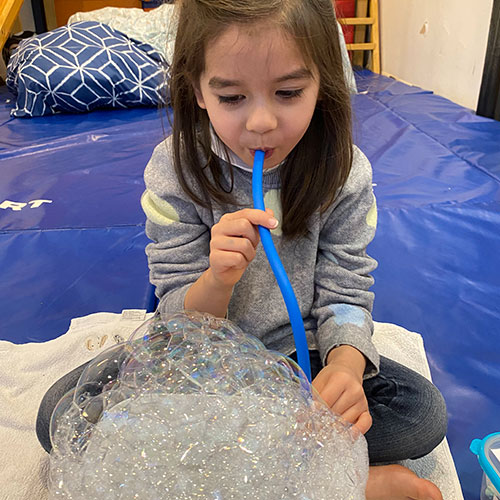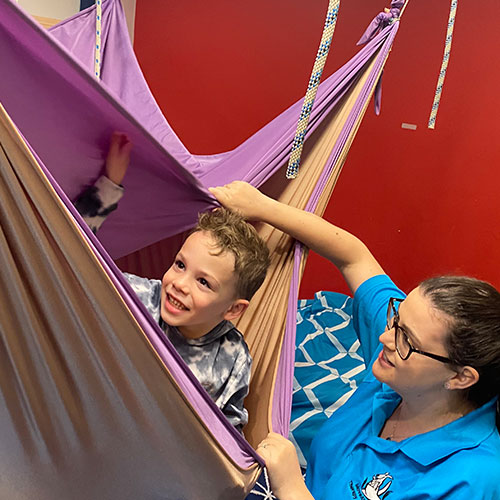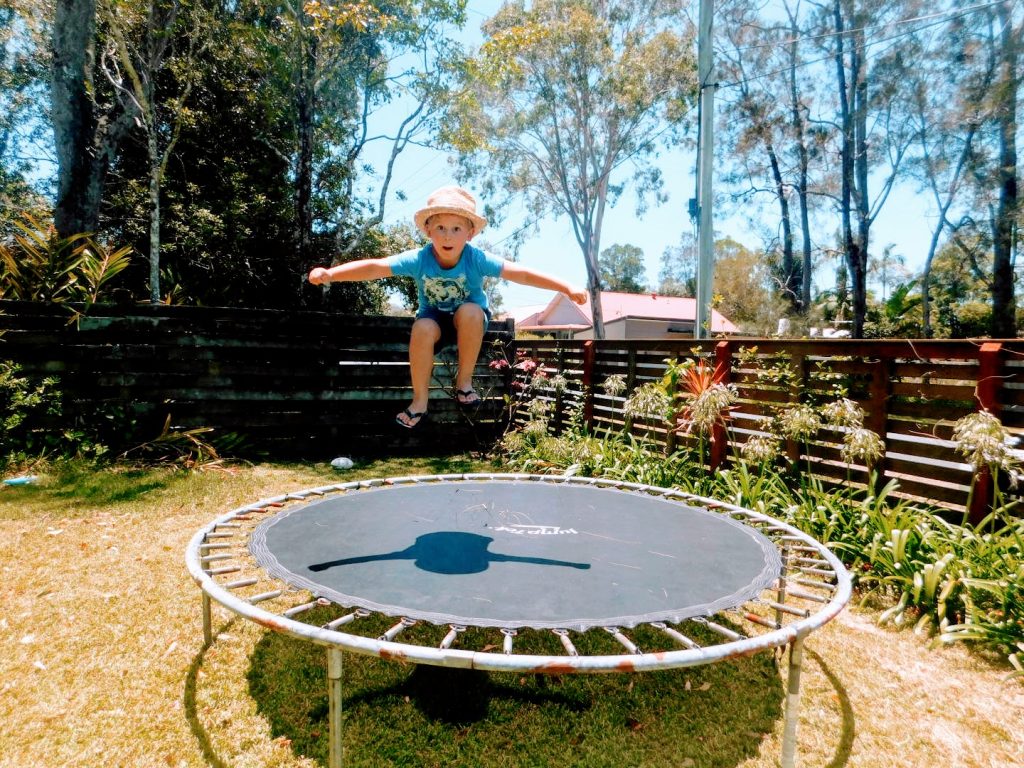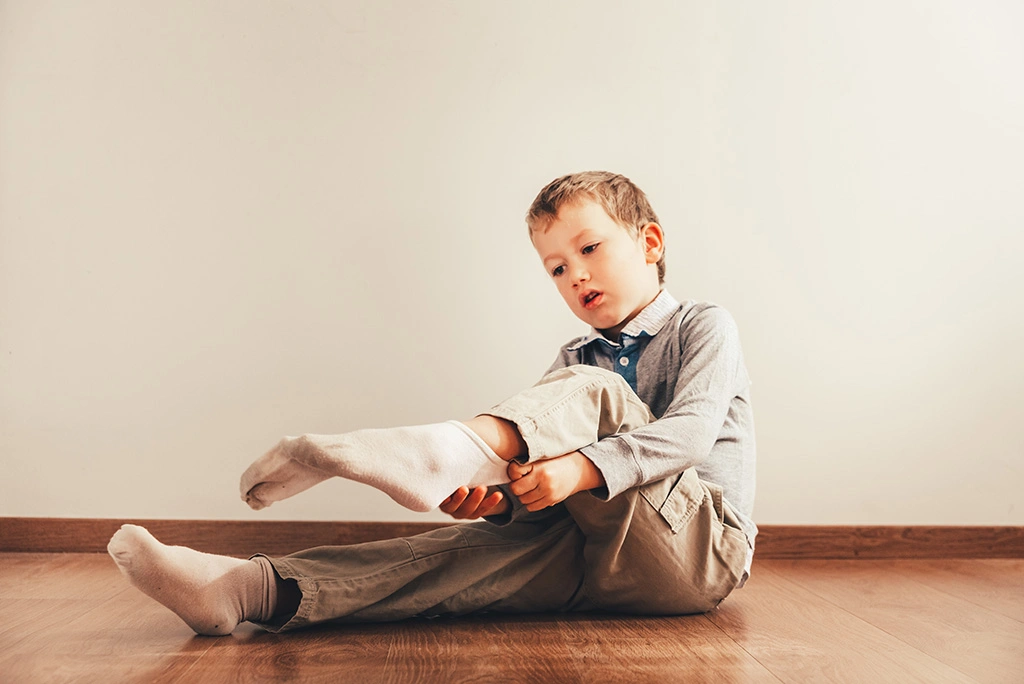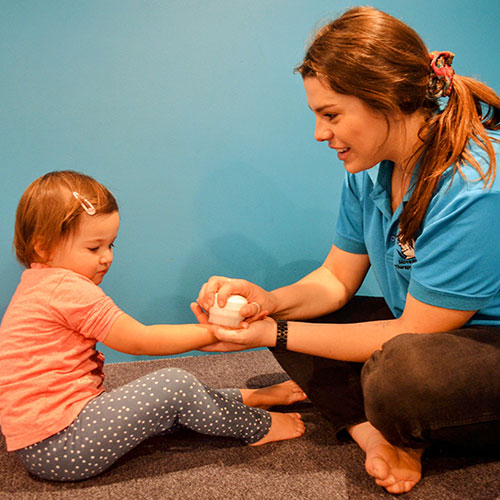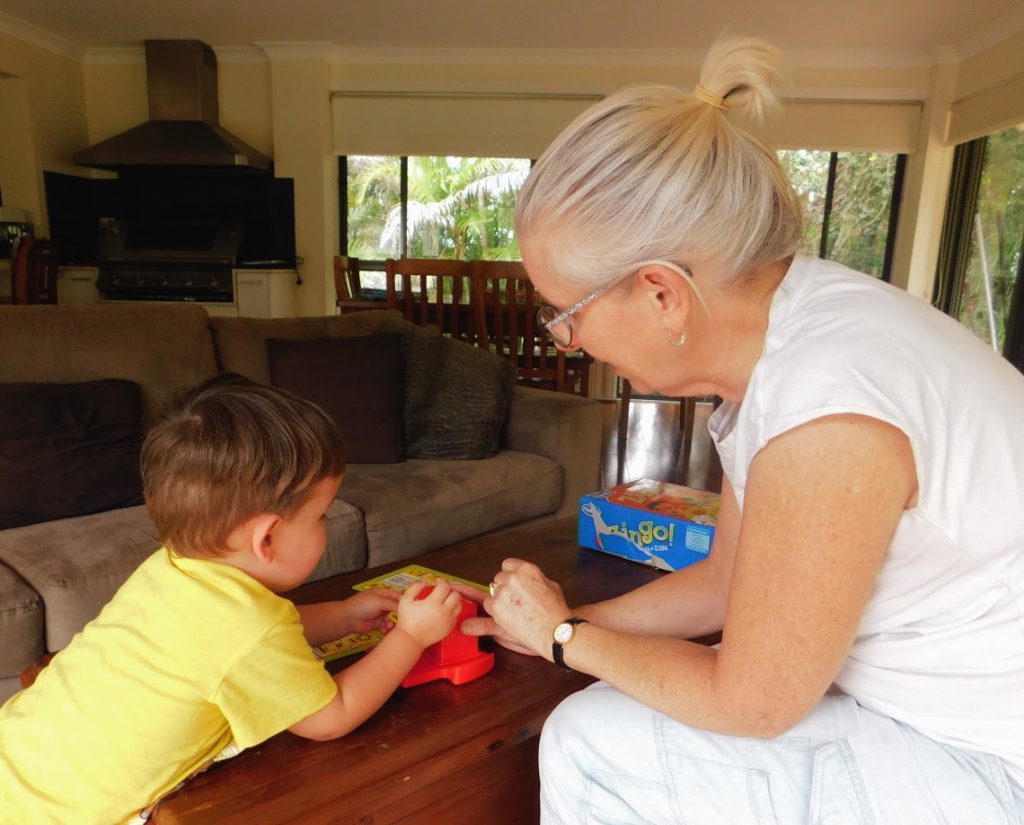Author: Tayla Gabin, Paediatric Occupational Therapist
4 min read
As parents, we often see our children experience a range of emotions, from joy to frustration, calm to chaos. Understanding what helps children regulate their emotions and behaviour is key to supporting their development. One vital component in this process is something many of us may never have heard of: the vagus nerve.
In this blog, we’ll explore the vagus nerve, its importance to emotional and physiological regulation, and how parents can help their children activate it to foster calm and focus.
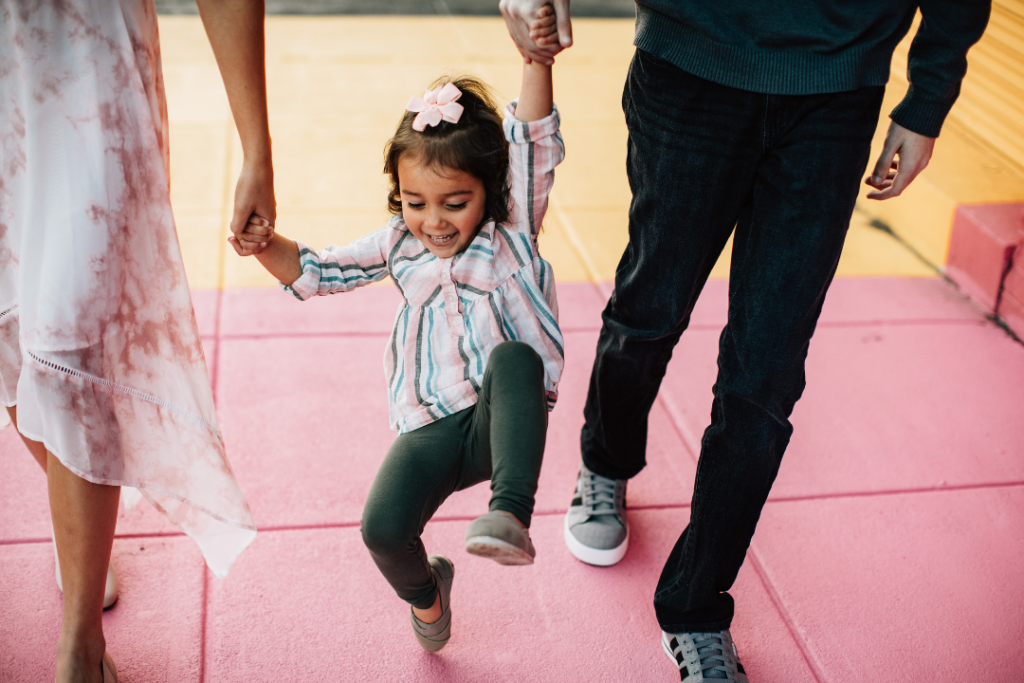
What Is the Vagus Nerve?
The vagus nerve is the longest cranial nerve in the body, connecting the brain to various organs, including the heart, lungs, and digestive system. The word “vagus” means “wanderer” in Latin, which is fitting, as this nerve “wanders” through many important areas of the body. It plays a crucial role in the parasympathetic nervous system, often referred to as the “rest and digest” system.
The vagus nerve helps regulate heart rate, digestion, and the body’s relaxation response. When it functions well, it promotes a state of calm and helps us recover from stress more quickly. For children, having a well-regulated vagus nerve is essential for maintaining emotional balance, focus, and overall well-being.
The Vagus Nerve and Emotional Regulation
When a child faces stress, such as frustration over a difficult task or a disagreement with a sibling, their body enters a “fight, flight, or freeze” state, part of the sympathetic nervous system. This state is useful in emergencies but can make it hard for children to think clearly, focus, or remain calm during everyday challenges.
The vagus nerve acts like a brake on this stress response. When activated, it helps to slow the heart rate and calm the body down. This is where emotional regulation comes into play. A well-functioning vagus nerve enables a child to move out of stress mode and into a calmer, more regulated state, where they can manage their emotions and behaviours better.
How Can You Help Your Child Activate Their Vagus Nerve?
Thankfully, there are simple, everyday techniques that can support your child’s vagus nerve function and improve their ability to regulate their emotions. Here are a few practical strategies you can try at home:
1. Deep Breathing
Slow, deep breathing is one of the most effective ways to activate the vagus nerve. Encouraging your child to take slow breaths, filling their belly as they inhale and slowly exhaling, can quickly shift them into a calmer state. Practising this together when they are calm can make it easier for them to use when they are feeling overwhelmed.
2. Humming or Singing
The vagus nerve runs through the vocal cords, so activities like humming, singing, or even chanting can help stimulate it. This can be particularly useful for children who enjoy music or who may be feeling anxious and need a simple distraction to help them calm down.
3. Cold Water Splash
Splashing cold water on the face can also stimulate the vagus nerve. This is because the nerve is connected to the part of the body that senses temperature changes. While this method might not work for every child, those who enjoy sensory input might find it soothing during times of high stress.
4. Movement and Exercise
Gentle physical activity such as walking, jumping on a trampoline, or even dancing can help activate the vagus nerve. Regular physical movement helps children regulate their nervous system and process emotions in a healthy way.
5. Gentle Pressure or Massage
For some children, deep pressure through a firm hug or a gentle massage can help activate the vagus nerve. Weighted blankets or soft, soothing touch can also provide comfort and help your child return to a state of calm.
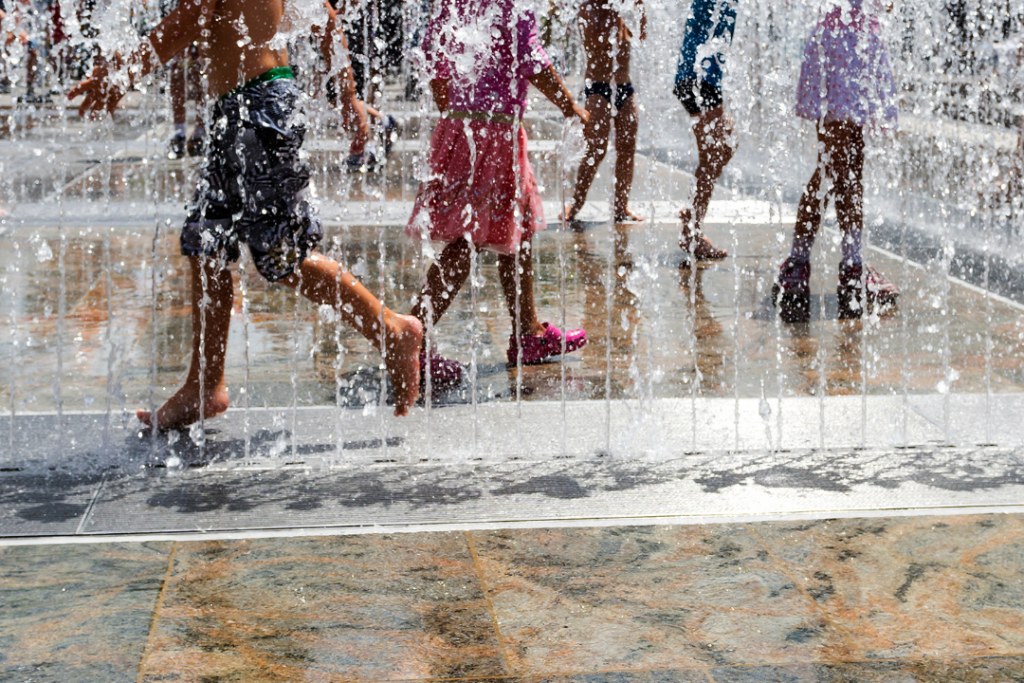
Why Is This Important for Parents to Know?
Understanding the vagus nerve gives parents an important tool to support their child’s emotional and physical regulation. It allows you to see that, when your child is upset or stressed, they might not be able to simply “snap out of it.” Their nervous system is playing a significant role in their reactions, and by helping them activate their vagus nerve, you are giving them the tools to manage stress and find balance.
The vagus nerve plays an essential role in your child’s ability to regulate their emotions and stay calm in stressful situations. By using simple techniques like deep breathing, singing, and physical activity, you can help your child activate their vagus nerve, bringing them back to a calmer, more focused state.
The more we understand how our children’s bodies and brains work, the better equipped we are to support them. With these strategies, you can help your child navigate their emotional world with greater ease and confidence.
If you feel like your child is struggling with emotional regulation, talk to an occupational therapist for further guidance. Contact MoveAbout today. Check out our Facebook and Instagram pages for more education regarding sensory processing and regulation.
GET IN TOUCH
